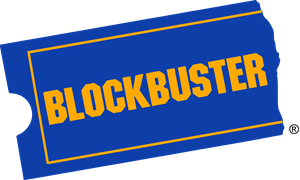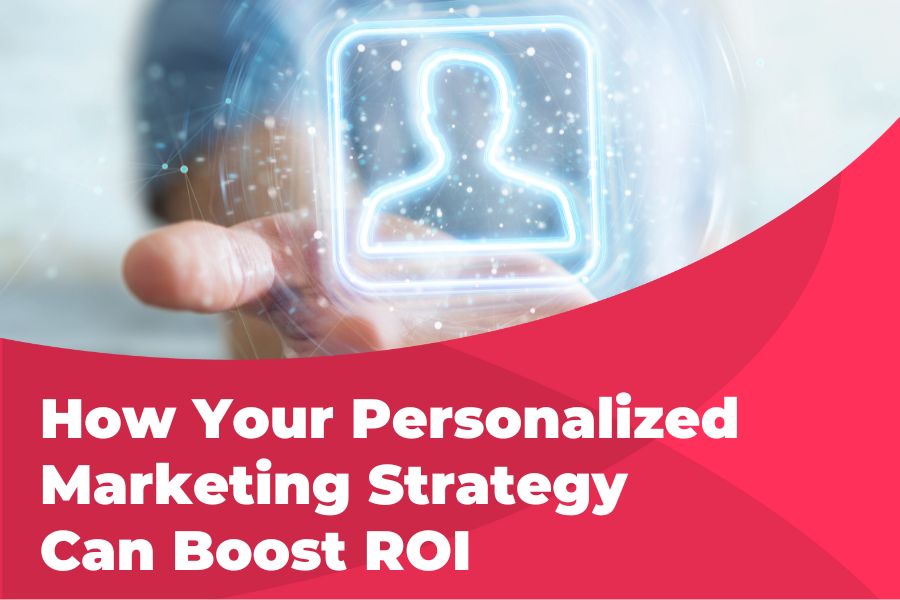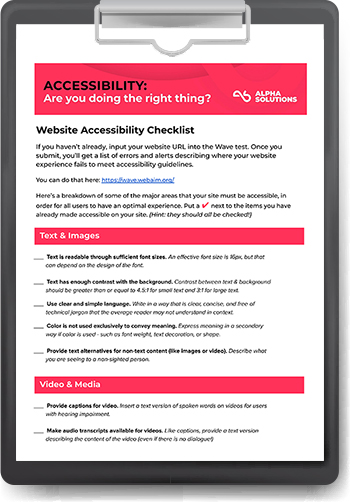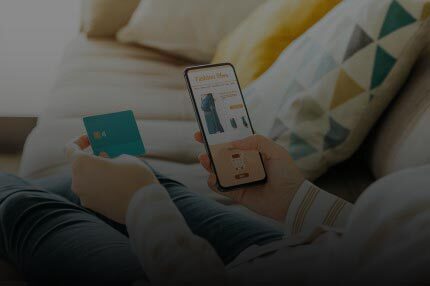Today’s consumer demands that retailers anticipate, predict, and meet their unique and ever-changing needs. Everyone’s looking for a personalized web experience. At least the majority of online shoppers…
A study by Epsilon found that 80% of consumers are more likely to make a purchase when brands offer a personalized web experience.
And a survey conducted by SmarterHQ revealed that 72% of consumers only engage with marketing messages that are customized to their specific interests.
It’s no wonder more and more businesses are investing in data analytics, AI, and other technologies to understand their customers better and provide them with personalized promotions.
Gone are the days when you were either a Pepsi person or a Coke person.
Now you could be a Le Croix, a Bubly, a Red Bull, a Liquid Death, or a cold brew person…
With so many options in a global digital marketplace, eternal brand loyalty is becoming a thing of the past.
We’re seeing a new generation of consumers who will drop you like a canceled celebrity if one of your competitors makes them feel more seen than you do.
So, how do you rise to this challenge?
By using hyper-specific targeting to develop a web personalization strategy, you can significantly increase customer engagement while enjoying a higher return on marketing spend.
Understanding Hyper-Specific Targeting and Customer Personalization
A hyper-specific targeted experience is a highly personalized interaction or engagement strategy that a brand implements to better connect with individual customers.
Hyper-specific customer personalization may take into account many different factors such as:
-
Past purchases
-
Browsing history
-
Social media activity
-
Real-time engagement with the brand
-
Or other bits of behavioral data
By customizing your marketing to a very micro level, you can use hyper-specific targeting to meet your customers with the kind of information they want… at the right time and place.
You’ve likely seen personalized promotion strategies in action many times.
For example, if you get emails from your favorite store featuring products that really appeal to you, they’re probably using hyper-specific targeting.
Personalized marketing helps you to…
-
strengthen the customer's relationship with your brand 💪
-
improve your overall customer experience 💌
-
increase sales and enjoy a greater marketing spend ROI 💰
Personalization Examples and Their Impact on the Customer Journey
To understand the power of hyper-specific targeting, let's look at a few personalization examples (Spoiler - Amazon and Netflix are on the list, of course):
Amazon
Amazon continues to set the bar when it comes to personalized marketing. By leveraging all the data they have on us (past purchases, browsing history, and items in our wish lists), Amazon can make hyper-specific product recommendations time and time again. Amazon just seems to know us so well, and that keeps us coming back and buying more.
Netflix
Another perfect example of a brand using hyper-specific targeting is everyone’s favorite streaming service. Netflix uses a sophisticated algorithm to analyze our viewing habits, including how much time we spend engaging with a particular genre. It then uses this data to offer highly personalized content recommendations, creating unique user experiences that drive engagement and subscription retention.
Spotify
Spotify's personalization strategy is driven by algorithms that analyze our listening behaviors. Reminiscent of the mixed tapes of the 90s, Spotify gives each of us our very own curated playlists like "Discover Weekly" and "Daily Mix", which include songs based on our specific musical tastes. This level of personalization in marketing keeps us engaged and enhances our listening experience while introducing us to artists we might not find otherwise.
Starbucks
Starbucks uses its mobile app to provide a hyper-specific experience for its customers. The app tracks a customer’s purchase history and uses this data to send personalized offers and recommendations. The Starbucks rewards program also incentivizes customers based on specific purchasing patterns, thereby boosting loyalty and repeat business.
Sephora
Sephora’s Beauty Insider program uses purchase history and browsing behavior to provide personalized product recommendations for customers. It also uses a customer's skin type, color preferences, and past purchases to give hyper-specific beauty advice, enhancing the customer experience and making the shopping process easier and, apparently, quite addictive.
These personalization examples demonstrate how leveraging data to understand customers at a granular level can lead to a superior, hyper-specific customer experience that boosts brand loyalty and, ultimately, your bottom line.
|
How accessible is your website? Get our free accessibility checklist to guide your efforts for getting compliant and doing the right thing. Plus, receive real feedback from us to help you on your next steps. |
The ROI of Hyper-Specific Targeting with Personalized Promotions
Hyper-specific targeting can increase ROI on marketing spend in several ways. By providing a personalized web experience, businesses can increase customer engagement and conversion rates, leading to higher sales.
Furthermore, personalization in marketing improves overall customer retention and loyalty, increasing customer lifetime value.
By delivering relevant content and offers at the right time and place, businesses also enhance customer satisfaction, leading to positive word-of-mouth and brand advocacy for an additional return on marketing investment.
Here are some real-life personalization examples from brands that have increased their marketing return on investment (ROI) by utilizing hyper-specific targeting with a strong web personalization strategy:
Coca-Cola
Remember Coca-Cola's "Share a Coke" campaign? Bottles were personalized with popular names (we see you, Jennifer, Jason, and Todd), and is an excellent example of hyper-specific targeting. The campaign resulted in a 2.5% increase in total sales and a 7% increase in Coca-Cola consumption among young adults, leading to a significant boost in marketing ROI (and a possible increase in dental cavities).
Cadbury
Cadbury launched a hyper-personalized video campaign to promote its delicious Dairy Milk product. The campaign integrated data from users' Facebook profiles to deliver a number of personalized videos. As a result, Cadbury saw a 65% click-through rate and a 33.6% conversion rate, leading to a substantial increase in ROI and lots of happy happy people.

EasyJet
To celebrate its 20th anniversary, EasyJet launched a data-driven email campaign that used customers' travel history with the airline to create personalized stories and to make future travel recommendations. The campaign led to a 25% higher click-through rate than non-personalized emails, contributing to “soaring” bookings and a higher marketing ROI.
Starbucks
Starbucks' mobile app uses purchase history to send personalized offers and recommendations, significantly increasing customer engagement and sales. For instance, their personalized "Happy Hour" promotions led to a notable rise in customer visits during non-peak hours, improving overall ROI.
On the other side of the coin, many businesses have suffered (or died😵) due to their inability to adapt to the digital times, including a failure to fully embrace a web personalization strategy.
Personalized Promotions Gone Wrong (or, Non-existent)
Here are some examples that stand out:

Blockbuster
Once a giant in the lucrative video rental industry, Blockbuster failed to adapt to changes in how people choose to consume media. When competitors like Netflix began offering personalized movie recommendations and more convenient rental methods, Blockbuster stuck to its traditional model and ultimately filed for bankruptcy in 2010.

Toys "R" Us
Toys "R" Us, once the leading toy retailer in America, declared bankruptcy in 2017. The brand struggled to compete with online retailers like Amazon, which offered a wider selection, lower prices, and personalized product recommendations.
While Toys "R" Us attempted to launch an e-commerce platform, it couldn't match the level of personalization and convenience that other online retailers provided.
RadioShack
RadioShack, once a super popular electronics store, filed for bankruptcy in 2015. One of the contributing factors was its failure to develop a solid online presence and leverage customer data for personalization in marketing.
As a result, they struggled to compete with online and big-box retailers with strong web personalization strategies.
These examples show the importance of staying ahead of the curve, especially when leveraging data for personalized marketing.
Ultimately, businesses that fail to keep up with evolving consumer preferences and advancements in marketing technology risk losing profitability and becoming irrelevant.
To remain competitive, brands must be willing to adapt to changing consumer behaviors and take full advantage of the exciting opportunities that technologies such as data analytics and AI provide for personalized marketing.
How can you harness the power of hyper-specific targeting and personalization in marketing?
Creating hyper-specific experiences requires a combination of data collection, analysis, and application.
Here’s what this looks like in action:
1. Data Collection 📊
First, marketers must collect comprehensive customer data—including their behaviors, preferences, and interactions with the brand.
This data can come from multiple sources, including website behavior, social media activity and purchase history.
2. Analyze and Segment 🧮
Next, data analysis tools and algorithms are used to segment customers into micro-categories based on their unique behaviors and preferences.
These could include preferences for certain types of content, product interests, shopping habits, and more.
3. Create Personalized Experiences 💕
Finally, personalized marketing strategies are applied to create experiences tailored to each micro-segment.
These could range from personalized emails, custom product recommendations, and targeted social media ads.
One of the most efficient ways to accomplish all of this is by leveraging the power of composable architecture.
Composing your own hyper-specific targeting strategies
Composable architecture, also known as composable technology, can play a crucial role in helping brands adopt hyper-specific targeting strategies.
By providing a flexible, scalable, and manageable IT environment, composable architecture enables brands to effectively leverage data and technology for personalization in marketing.
Here's how:
✅ Seamless Data Integration. Composable architecture can integrate data from various sources—like CRM systems, social media platforms, and web analytics tools—into a unified view.
This complete view of the customer enables a brand to understand each customer's behavior and preferences at a micro level, laying the ideal groundwork for hyper-specific targeting.
✅ Real-time Data Processing. The flexible and dynamic nature of composable architecture allows for real-time data processing and analytics. This means brands can react instantly to customer actions, providing hyper-personalized experiences.
Real-time data can drive personalized product recommendations, relevant content, and offers that respond to a customer's current activity.
✅ Scalability. As brands grow and customer bases expand, so does the need for more robust data processing capabilities. Composable architecture allows brands to scale their resources up or down based on demand.
This scalability ensures that your hyper-specific targeting efforts can evolve and expand as your brand and its customer base grow.
✅ Experimentation and Optimization. With composable architecture, brands can swiftly deploy new applications, run tests, and iterate on their strategies.
This agility facilitates continual optimization of hyper-specific targeting efforts based on performance data, improving outcomes over time.
✅ Cost Efficiency. Through optimal use of resources and minimizing waste, composable architecture can help reduce IT costs.
Savings can then be redirected to improve marketing strategies and enhance personalization tools and efforts, thereby boosting the overall ROI.
✅ Improved Security. Composable architecture provides robust security features, which are essential when handling customer data for hyper-specific targeting.
Better security means customers' data is safe, which builds trust and enhances brand reputation.
Composable architecture empowers brands with the flexibility, agility, scalability, and efficiency needed to leverage data and technology for hyper-specific targeting.
This, in turn, enhances customer experiences, strengthens the customer journey, and ultimately improves marketing ROI.
The marketing world is rapidly evolving, and businesses must adapt to stay in the game.
Hyper-specific targeting and personalized marketing allow businesses to create engaging, relevant experiences that strengthen the customer journey, improve customer satisfaction, and significantly increase profits.
As customers continue to expect more personalized experiences, the businesses that effectively implement these strategies will stand out from the competition and achieve long-term success.
If you’d rather be an Amazon than a Radio Shack, Alpha Solutions can help. Contact us to talk about how you can create a web personalization strategy that puts you at the front of the pack.















